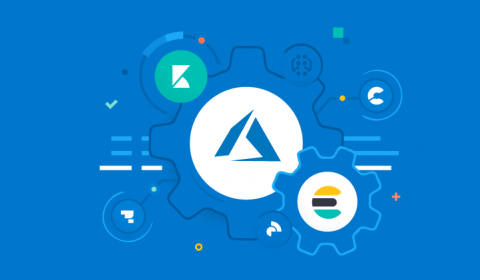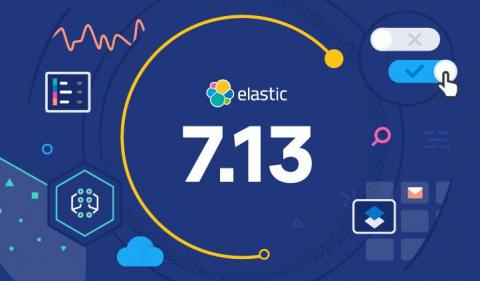How to use transforms to track your most recent customer orders
Creating an entity-centric index that contains only the latest document for each entity can be useful in a number of situations. For example, maybe you're managing an ecommerce site and you want to track the latest order placed by each of your customers. Or maybe you want to run a campaign targeting customers who haven't been active over a certain period. What's the fastest and most efficient way to compile and organize such data?




